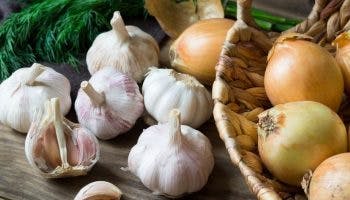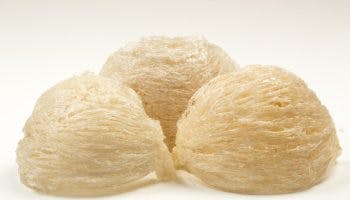Here’s Why You Should Have These 7 Medicinal Plants in Your Backyard
Published | 6 min read
These 7 medicinal plants are great for treating common ailments and general health maintenance that you can access in your backyard.
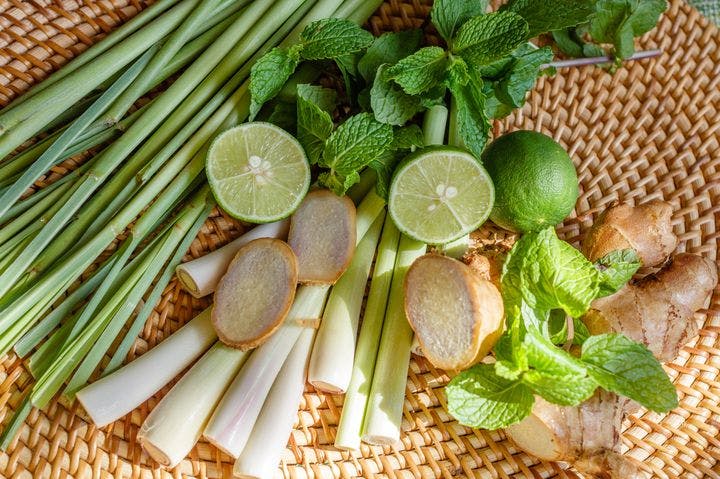
Your favourite spices and herbs to cook with aren’t just fragrant and make for tasty dishes; they’re also chockful of medicinal benefits. Fortunately, if you reside in Malaysia, there is an abundance of flora and fauna where medicinal plants can be easily grown in your own backyard.
Medicinal plants are classified by the World Health Organization (WHO) as those that possess compounds with therapeutic properties in their natural organic form, or whose metabolites can be extracted to make useful drugs. About 25% of modern medicines have in fact been developed from medicinal plants. The efficacy of medicinal plants is affected by the soil and region they are grown in.
Let’s find out which ones you can grow in your garden and how they’re useful in natural remedies.
Medicinal Plants in Traditional Chinese Medicine
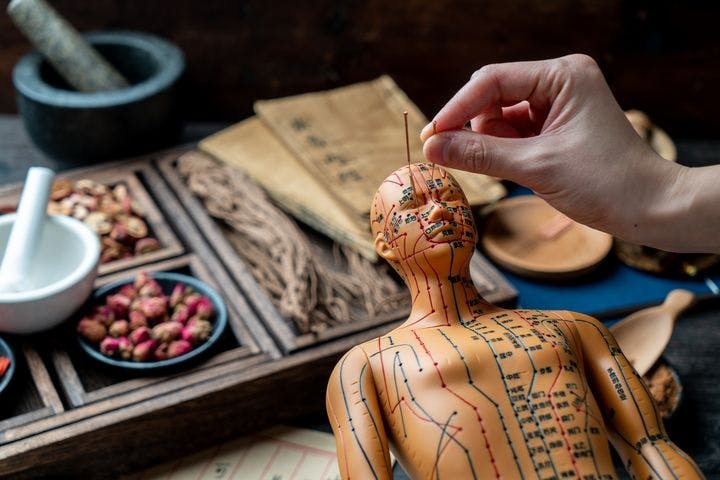
Herbal and plant medicine are a hallmark of Traditional Chinese Medicine (TCM), often complementing its other modalities such as acupuncture, moxibustion, tuina massage and Qigong.
Senior Physician Brandon Yew from Real Medical says that in TCM, each medicinal plant has its own properties and flavours (气味), delivery propensities (升降浮沉), toxicity (毒性) and meridian tropism (归经).
The property of a herb refers to its warming or cooling effect on the body. It’s not in terms of the physical temperature of the medicinal part of the plant, but in counter-response to what is pathogenic Fire/Heat and Cold in TCM. These properties are:
- Cool (凉)
- Cold (寒)
- Neutral (平)
- Warm (温)
- Hot (热)
“The flavour (味) of a herb is not simply about its smell and taste. It is more about the certain mechanistic actions associated with the flavours,” Physician Yew elaborates.
There are six kinds of flavours for herbs. Their corresponding mechanistic actions are as follows:
- Sour (suan, 酸) – absorbent and astringent
- Bitter (ku, 苦) – dehydrating and purging
- Sweet (tian, 甜)- nourishing, harmonising, and moistening
- Pungent (la, 辣)- dispersing and propelling
- Salty (xian, 咸)- softening and laxative
- Bland (ping dan, 平淡) – diuretic and filtrating
A particular herb would be prescribed depending on the specific details of the syndrome, body constitution, and symptoms of the patient. Physician Yew further shares that delivery propensities (升降浮沉) refer to the four different types of biomechanical actions to deliver bioactive compounds to certain parts of the body. These are:
- Ascending (升) to deliver upwards
- Descending (降) to deliver downwards
- Floating (浮) to deliver outwards
- Sinking (沉) to deliver inwards
“A common misconception is that although medicinal plants are natural, that doesn’t mean they are free from toxicity. There is a TCM saying ‘是药三分毒’ which means, ‘Every herbal medicine has its toxicity’”, reveals Physician Yew. All medicinal plants have individual levels of toxicity (毒性) and potency that work to correct body imbalances for treating diseases. These are:
- Non-toxic (无毒) (all the plants featured in this article fall into this category)
- Mildly toxic (小毒)
- Moderately toxic (有毒)
- Highly toxic (大毒)
Finally, each TCM herb is categorised in terms of its meridian tropism (归经), where each herb is perceived to have one or more inclinations toward certain meridians and specific organs. The seven plants below have the following meridian tropisms:
- Ginger: Lungs, Spleen and stomach
- Mint: Lungs and Liver
- Lemongrass: Lungs, Spleen, stomach and Liver
- Chrysanthemum: Lungs and Liver
- Goji berry: Liver and Kidneys
- Liquorice root: Heart, Lungs, Spleen and stomach
- Chinese yam: Lungs, Spleen, stomach and Kidneys
The 7 Medicinal Plants to Have in Your Garden

One of the advantages of natural medicine is the relative ease when preparing a herbal mixture outside of laboratory conditions. “All of them can be lightly boiled with water and drunk as tea, preferably after meals and limited to once daily. They can be prepared individually or in combinations,” Physician Yew shares. You can also include them in your cooking to extract their benefits.
Ginger
Ginger (sheng jiang, 生姜) is no stranger to many kitchens, with benefits that include antioxidant, anti-inflammatory, and anticarcinogenic actions. In TCM, ginger is great for:
- Expelling exogenous Wind, Cold and Dampness to relieve cold, chills and body aches
- Warming the Stomach and suppressing nausea to prevent vomiting
- Warming the Lungs to relieve cough and breathlessness
- Removing the fishy and gamey taste from seafood and meats
- Neutralising seafood toxins
Mint
Recent scientific studies have shown that mint (bo he, 薄荷) oils help address digestive symptoms through their relaxing and spasmolytic properties. It also has antiemetic properties to help with nausea. Specifically from the TCM perspective, it:
- Expels exogenous Wind, Heat, and toxins to relieve fever and skin rash
- Clears Liver Fire to alleviate headaches and sore eyes, and improve vision
- Neutralises Heat toxins to soothe sore throats
- Dispels Dampness to promote digestion
- Moves Liver qi to improve mood
Lemongrass
Lemongrass (xiang mao, 香茅) is another common herb used in Southeast Asian cuisines. It has many known medicinal properties to help with the common cold, flu, headaches, stomach aches, indigestion, arthritic joint pain, and bruises. In TCM, lemongrass helps with:
- Expelling exogenous pathogens, particularly Wind and Dampness
- Dissipating blood clots and unblocking meridian channels, restoring and enhancing qi and blood circulation
Chrysanthemum
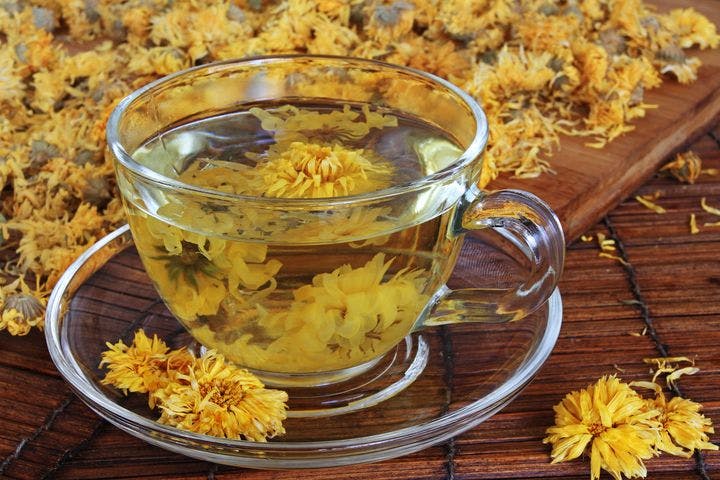
The phenolic compounds in chrysanthemum (ju hua, 菊花) have numerous health benefits. Most Malaysians would be familiar with having a chrysanthemum drink on a hot day to cool down. It is especially well-known in TCM, where it is used for:
- Expelling exogenous Wind and Fire toxins to relieve fever
- Clearing Liver Fire to alleviate headaches and sore eyes, and improve vision
- Soothing Liver yang (active energy) to alleviate giddiness, calm nerves and improve sleep
Goji Berry
Goji berry (gou qi, 枸杞), also known as wolfberry, has become a mainstream herb and is known to have powerful antioxidants. It’s commonly used in TCM to regenerate yin to nourish Liver and Kidneys, improving eyesight and boosting overall vitality. Studies have shown it to contain powerful antioxidants which help with the following:
- Improves eyesight
- Protects against cancer
- Reduces cholesterol
- Stabilises blood sugar
- Helps with anxiety
Liquorice Root
This herb is known to have anti-cancer, anti-diabetic, anti-microbial, antispasmodic, anti-inflammatory, and anti-asthmatic properties. Liquorice root (gan cao, 甘草) is a common ingredient in many TCM herbal formulas, including the well-known Ba Zhen soup (八珍汤) that helps with overall vitality. Specifically, it can:
- Regenerate Spleen qi for better digestion
- Clear Heat toxins to soothe sore throat
- Expectorate phlegm to relieve cough
- Ease muscular cramps and stop pain
Chinese Yam
Chinese yam (shan yao, 山药) is another wonder food that you can easily grow for its nutritional and medicinal benefits. It’s high in polysaccharides and helps improve insulin resistance and obesity. Meanwhile, sapogenins found in Chinese yams are a key ingredient in formulating creams for healing wounds and reducing skin inflammation. In TCM, the plant is known to:
- Revitalize the Spleen and stomach for better digestion and bowels
- Replenish fluid to nourish the Lungs and relieve dry cough
- Strengthen the Kidneys to help with frequent urination, enuresis, nocturnal emission, premature ejaculation and leukorrhea (abnormal vaginal discharge).
While these plants are generally safe for consumption, it’s best to seek professional advice from a qualified TCM practitioner before consuming any of these plants. This minimises side effects and maximises their therapeutic benefits.
References
- Advances in Pharmacological Sciences. 2018. A Review of Malaysian Medicinal Plants with Potential Anti-Inflammatory Activity. [Accessed 16 June 2022].
- Evidence-Based Complementary and Alternative Medicine. 2020. A Review of Malaysian Herbal Plants and Their Active Constituents with Potential Therapeutic Applications in Sepsis. [Accessed 16 June 2022].
- IntechOpen. 2019. Traditional Chinese Medicine: From Aqueous Extracts to Therapeutic Formulae. [Accessed 16 June 2022].
- Multidisciplinary Digital Publishing Institute (MDPI) – Biology. 2020. A Descriptive Overview of the Medical Uses Given to Mentha Aromatic Herbs throughout History. [Accessed 16 June 2022].
- Multidisciplinary Digital Publishing Institute (MDPI) – Plants. 2021. Glycyrrhiza glabra (Licorice): A Comprehensive Review on Its Phytochemistry, Biological Activities, Clinical Evidence and Toxicology. [Accessed 16 June 2022].
- Multidisciplinary Digital Publishing Institute (MDPI) – Life. 2021. Metabolome Profiling of Eight Chinese Yam (Dioscorea polystachya Turcz.) Varieties Reveals Metabolite Diversity and Variety Specific Uses. [Accessed 16 June 2022].
Share this article on


